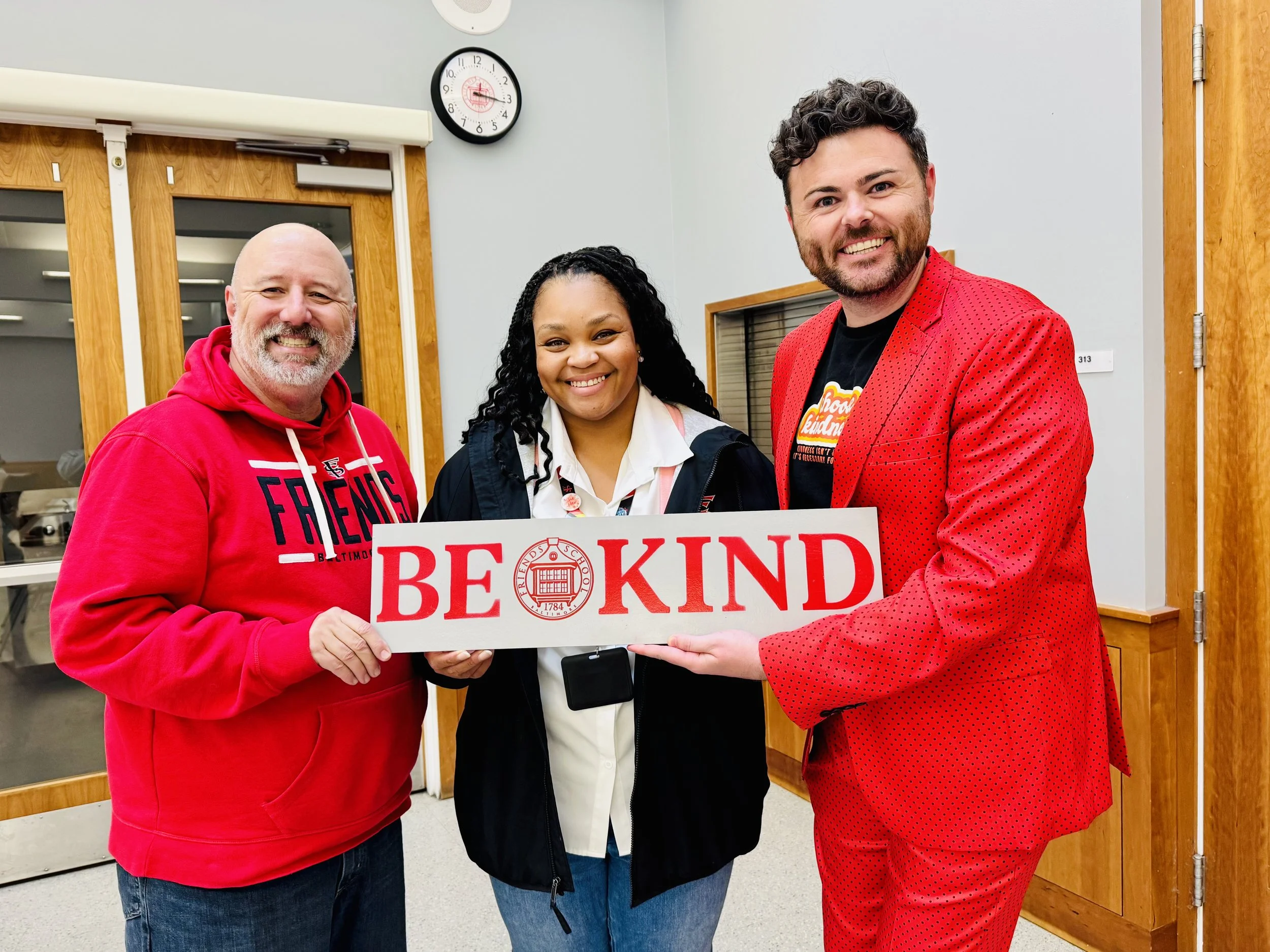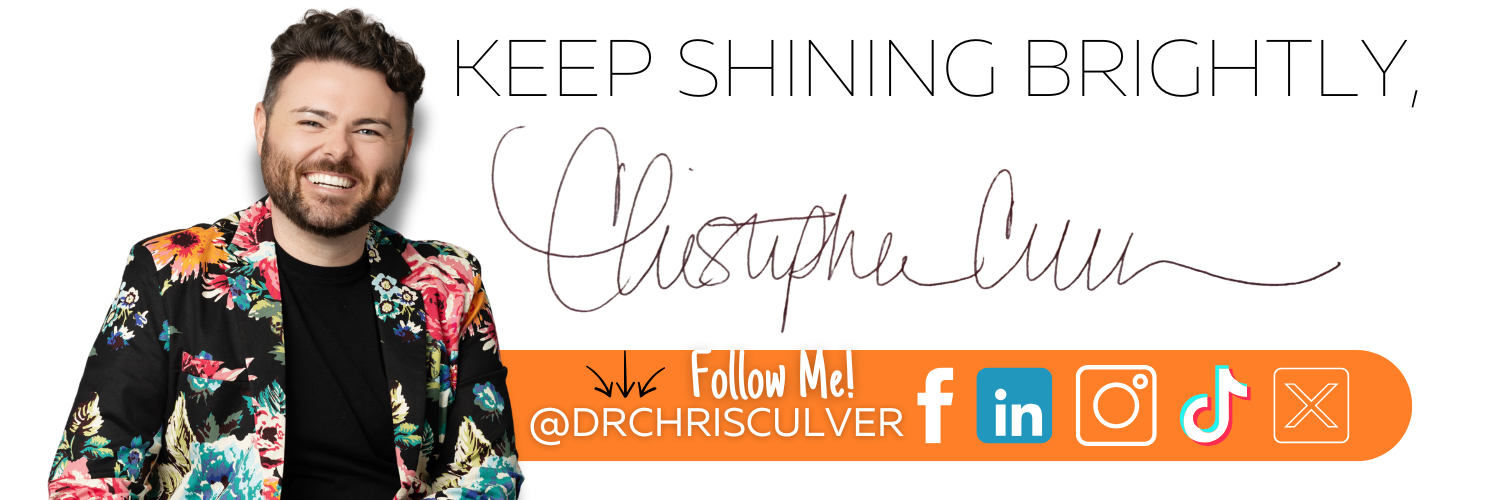Be Kind: The Graffiti That Speaks
Kindness isn’t something you give. It’s something you live.
Recently, I had the privilege of serving the Friends School of Baltimore to explore generational understanding and the Science of Kindness. From the moment I arrived, I could feel the heart of the place—the warmth of educators who showed up with courage and care.
Throughout the day, we laughed, learned, and leaned in. What moved me most were the stories. Many shared that they became teachers because they wanted to be the adult they didn’t have growing up. As someone with a nine on the Adverse Childhood Experiences (ACE) assessment, I felt that deeply. I understood the ache behind that statement, and the hope in it too.
I love working with teams like this because it isn’t a “sit and get” experience. It’s an immersive day that lights up the neural pathways of connection—helping people see how kindness, empathy, and belonging change the way we learn and lead.
At the end of our session, a veteran teacher approached me and said, “I’ve been teaching for over 40 years, and I’ve never heard these ideas expressed so clearly. No one has ever connected so many dots for me.” His words humbled me. They reminded me why I do this work—to help people see what they’ve always felt but never had language for.
As I began packing up, the school’s art teacher walked over and said, “You should know that there are Be Kind signs all around Baltimore—painted by a man who covers the city in kindness graffiti. We even had one commissioned for our school. If you find it, you should take a picture with it.”
Ten minutes later, a middle school teacher came to find me. “I want to give you something,” he said. In his hands was the Be Kind sign the school had commissioned. “We want you to have it—to remember us.”
I stood there speechless. Tears welled in my eyes. In that moment, I realized how kindness always finds its way back. It’s not about what we give. It’s about what we live.
Kindness is not delusional. It is transformational. It rewires the brain toward safety and trust, activating neural pathways that reduce fear and increase empathy. When people feel seen, heard, valued, and respected, their brains move out of survival mode and into connection mode—and that’s where culture shifts. That’s where students thrive. That’s where work becomes something deeper than a job.
When kindness leads, belonging follows. And when belonging grows, everything changes.
5 Ways to Be the Light
Notice the good. Look for the moments when kindness finds its way back. They are reminders that your effort matters.
Be the person you needed. The most powerful people are the ones who heal what once hurt them.
Connect before you correct. Connection calms the nervous system and builds trust. People learn better when they feel safe.
Let gratitude land. When someone appreciates your work, take a moment to feel it. Our brains need to register the reward of kindness.
Keep living kindness. It’s not just a choice you make once. It’s a lifestyle you build—one interaction, one day, one moment at a time.
Being the Light doesn’t mean life will always feel easy. It means that even in hard seasons, we choose to live in ways that make others feel seen and safe. Kindness is not one more thing—it’s the thing that changes everything.
Interested in being a future guest blogger? Reach out today! (Click here) We’d love to have you as part of “The Kind Voice!”
Are you receiving our weekly e-newsletter full of motivation, encouragement, and positivity? Subscribe today!
Ready to Be the Light? Check out the free resource here, and check out all of the free resources here!
Looking for the Science of Kindness as keynote or workshop? Read the testimonials from others’ experiences. Watch short clips from a most recent keynote! Would love to help you and your team; reach out today!


